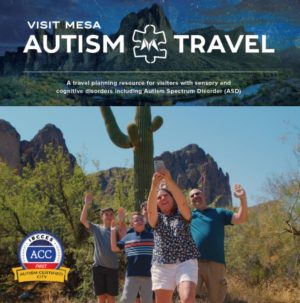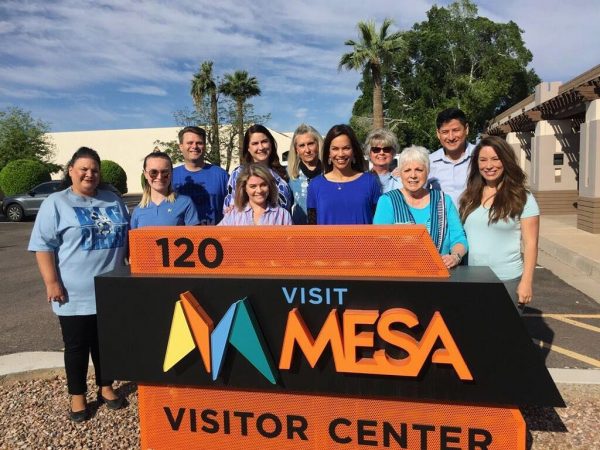A few years back, journalist Lauren Ober was diagnosed with autism. She then made a podcast about her experience called The Loudest Girl in the World. And she found herself imagining a fantasy world where everything is tailored to Lauren’s very specific autistic needs. And she called this magical imagined place, wonderfully devoid of overwhelming stimuli “Autism Pleasantville.”
 “Obviously,” Ober notes, “there’s not a one-size fits all diagnosis or even definition of autism … as the autism adage goes: ‘If you know one autistic person…you know one autistic person.’ But despite our wide variety of needs, I wanted to know how design is evolving to better accommodate us” — how were ideals being handled in the real world.
“Obviously,” Ober notes, “there’s not a one-size fits all diagnosis or even definition of autism … as the autism adage goes: ‘If you know one autistic person…you know one autistic person.’ But despite our wide variety of needs, I wanted to know how design is evolving to better accommodate us” — how were ideals being handled in the real world.
She wanted to know what it looked like to accommodate people with autism and sensory disabilities. And she had recently heard of a certification program meant to highlight when a city is autism-friendly, which in turn brought her to Mesa, Arizona.
With the support of city officials, an organization called Visit Mesa rolled out its autism inclusion program for Mesa in 2019. It included itineraries filled with autism-friendly activities in and around the city. Also professional development for folks in all types of industries in Mesa — healthcare, education, hospitality, as well as local government.
They’ve put in a lot of effort, but Ober wonders: even “if we give Mesa the benefit of the doubt, it seems like these businesses are trying to do the right thing. But are these accommodations actually helping autistic people?” For example, a “front desk friend pointed [them] to an escape space down the hall where one could presumably go if they were experiencing sensory overload” — it turned out to be a bathroom.
 Some community partners have put education into practice. Two of the city’s museums posted sensory guides on the walls indicating how loud or smelly or bright an exhibit might be. One hotel has adjusted its lobby lights to be more friendly on the eyes. It’s a start.
Some community partners have put education into practice. Two of the city’s museums posted sensory guides on the walls indicating how loud or smelly or bright an exhibit might be. One hotel has adjusted its lobby lights to be more friendly on the eyes. It’s a start.
Still, overall, the Mesa project shows that there are limits to retrofitting spaces to make them more autism-friendly. But there are ways to accommodate neurodivergence before a single nail is hammered. It starts by integrating autistic needs into the design process. And including autistic people early on in the planning.
 Ideally, spaces should be designed based on their sensory quality. So if we think of school design, a low-stimulus, high focus math classroom might go next to a low-stimulus, high focus English classroom. High stimulus spaces like a music room or a noisy cafeteria shouldn’t be in the same zone as the low stimulus rooms.
Ideally, spaces should be designed based on their sensory quality. So if we think of school design, a low-stimulus, high focus math classroom might go next to a low-stimulus, high focus English classroom. High stimulus spaces like a music room or a noisy cafeteria shouldn’t be in the same zone as the low stimulus rooms.
And it’s not just on designers and architects and neurodivergent people themselves to think about these things. It’s also the responsibility of city planners and politicians to consider neuro-inclusive designs both indoors and out. Pedestrian infrastructure, public space, how people physically move from point A to point B, they all need to be addressed.
The reality is that there is no universal principle of design that will work for the entire autistic population. Sure, the autism awareness endeavor in Mesa might be incomplete. But at least it’s a recognition that there are discreet communities that deserve to be accommodated.






Leave a Comment
Share